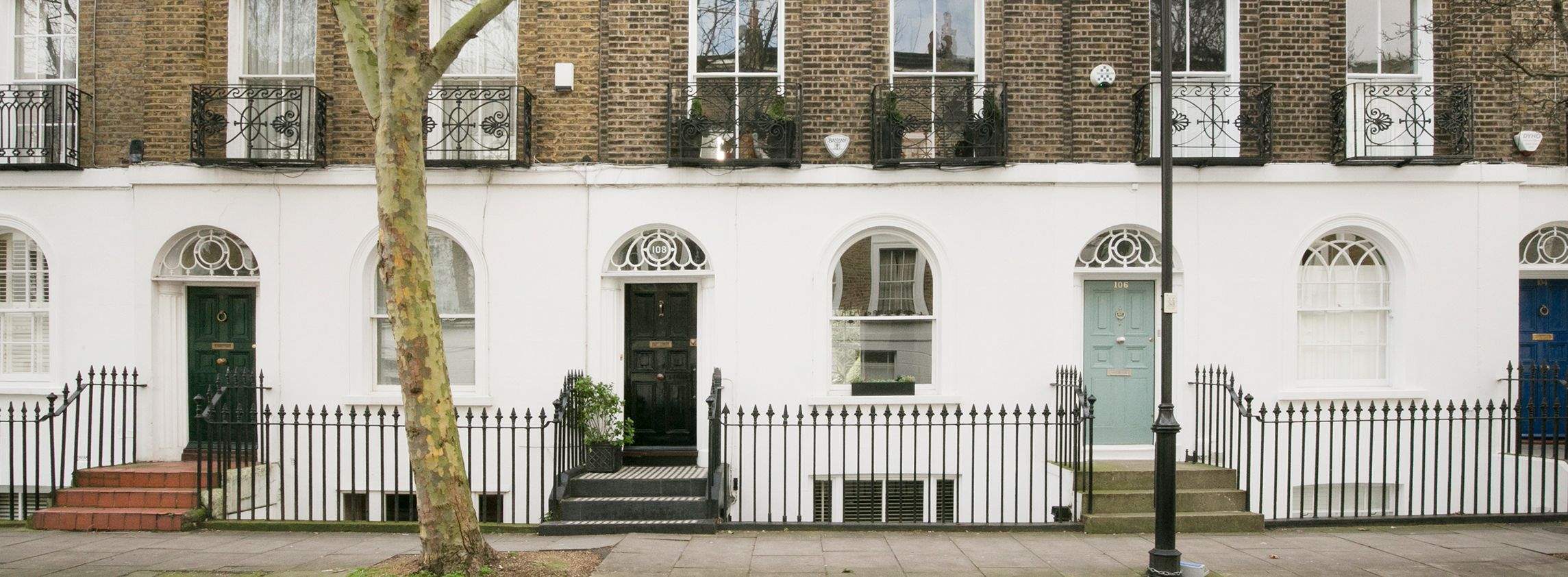North and East London has been the strongest performing prime region in the capital over the past five years. Our latest analysis looks at which parts of the market have been driving this and why
Brexit continues to cause uncertainty
.png)
Prime property values to March 2019
Source: Savills Research
Price falls across prime London continue to slow. The first quarter of 2019 saw a fall of just 0.3%, leaving prices 2.5% lower than a year ago. This is encouraging given the ongoing political turmoil, which remains the biggest challenge in the market according to our agents. While stock levels are subdued, applicants and viewings have increased in the first quarter of this year, suggesting buyers see value in the market but are reluctant to commit until after Brexit.
Price expectations of buyers and sellers have narrowed, keeping the market moving, while location and condition continue to be key selling points. With competitive mortgage rates and a currency advantage for overseas buyers, Brexit negotiations will be pivotal to the market going forward.
The prime markets of North and East London (above) saw prices fall marginally by 0.5% over Q1 2019 and by 2.5% in the past year. Unlike the more expensive, central London markets, prices didn’t fall significantly until after the EU referendum. These markets are more reliant on general economic factors, household finances, and the availability and cost of mortgage debt. As such, prices have fallen by 9.8% since June 2016.
Uncertainty over Brexit means that these prime markets have become much more needs based. However, buyers’ and sellers’ expectations on prices have become more aligned, which has underpinned ongoing activity in the market.
.png)
Prime London prices Ongoing Brexit negotiations continue to affect prices across the region
Source: Savills Research | Note: Prices to March 2019
.png)
Price monitor Key statistics for house price growth
Source: Savills Research
Prime North and East London in focus
Similarly to other parts of prime London, it is the more affordable properties in the North and East markets that have been the strongest performing. Properties worth less than £750k have seen prices fall by an average of 6.8% since June 2016. Much of the demand for these homes has come from young professionals, particularly given the area’s proximity to two of London’s main business districts – the City and Canary Wharf itself. As such, three-quarters of purchases at this price point were made by buyers who were under 40 years of age.
By comparison, property worth £1m or more, which has also been impacted by higher rates of stamp duty, has seen values fall by 14.8%. This market is more reliant on those looking to upsize and these buyers have continued to be constrained by mortgage regulation, which has reined in their spending power.
Despite heavy reliance on buyers in the financial and insurance sectors, and high levels of new build supply, the prime market of Canary Wharf, where sq ft values average £720, has been the strongest performing within the region. Prices here have fallen by 7.1% since June 2016. For Islington, where the average prime value is £950 per sq ft, prices have fallen by 14.0%, leaving it looking like increasingly good value. As such, prices in this more established prime market are now on a par with those in Shoreditch on a £ per sq ft basis. For the prime markets of Wapping, where average values are £920 per sq ft, prices are now 8.9% lower than they were prior to the EU referendum.
.png)
Fall into line Properties below £1m have been the strongest performing
Source: Savills Research
Outlook
We are forecasting a relatively subdued market across prime London as Brexit negotiations continue and we then enter a transition period. However, low levels of available stock should help to prevent any further significant price falls.
Once uncertainty clears, there is the potential for pent-up demand from those currently sitting on the fence to lead to more activity, but this may not necessarily translate into price increases straight away.
The relative value on offer in prime North and East London, as well as the variety of housing stock and good connectivity, will continue to drive buyers to the area. However, impending interest rate rises will have more of an impact on these markets as they’re largely dominated by mortgaged buyers.
.png)
Source: Savills Research | Note: These forecasts apply to average prices in the second-hand market. New build values may not move at the same rate
Interested in other areas of the UK?
View all of our latest prime Market in Minutes research here.
